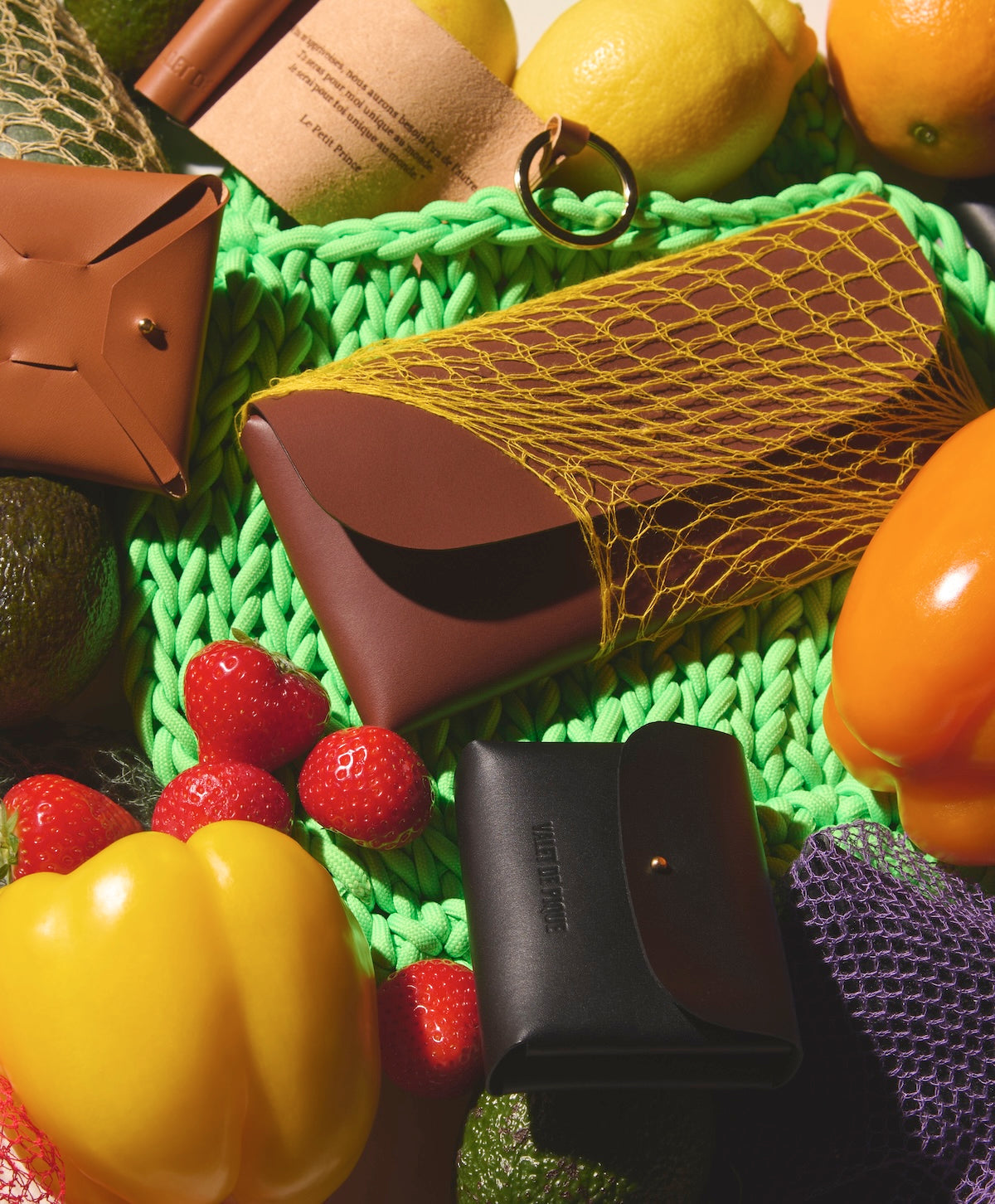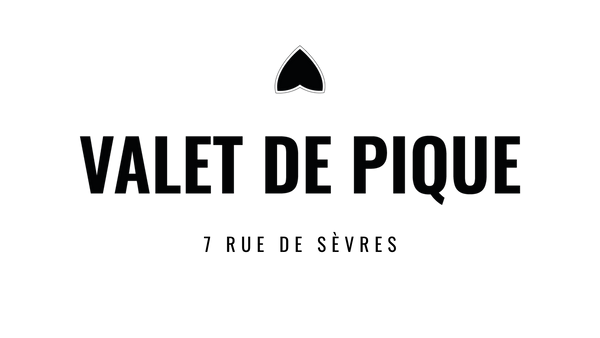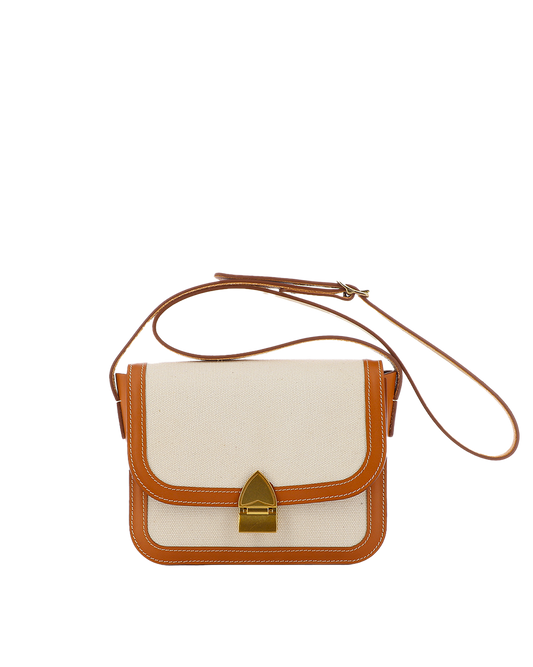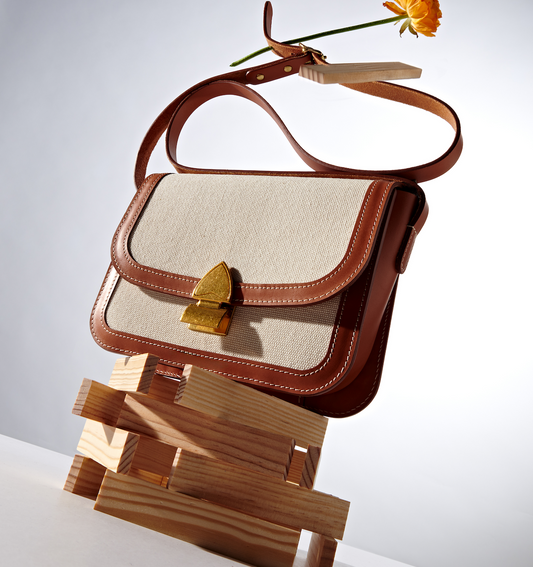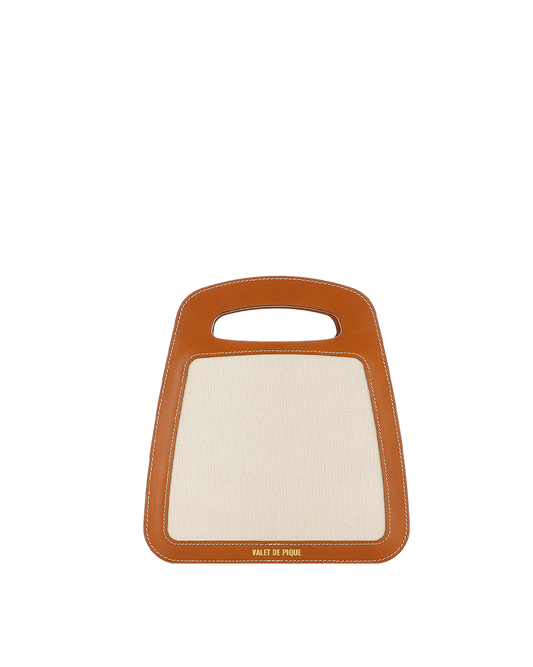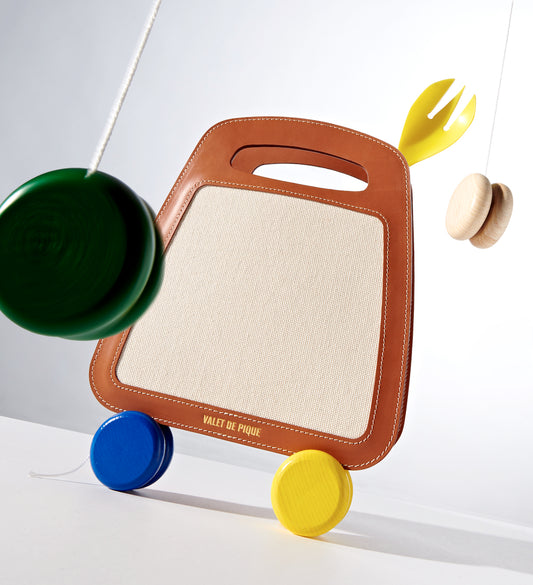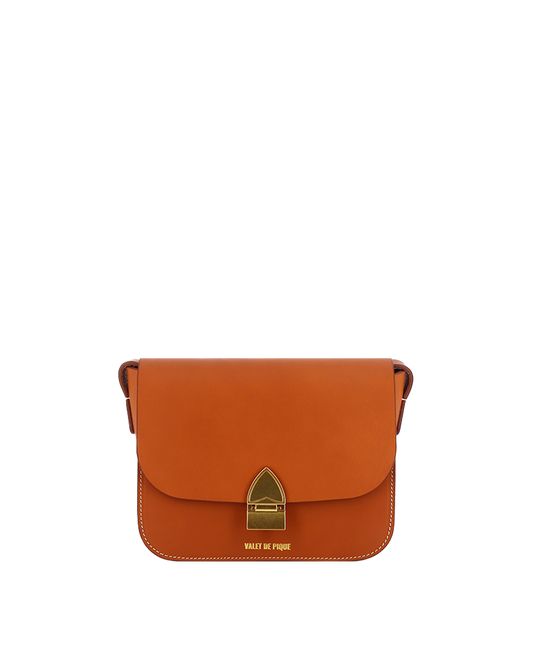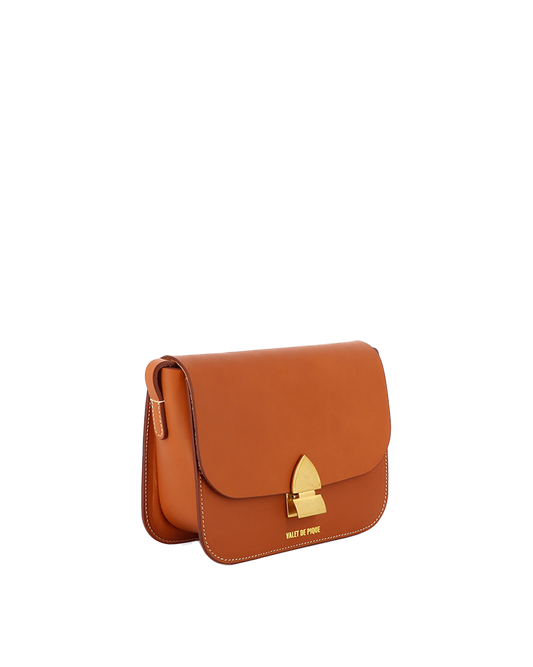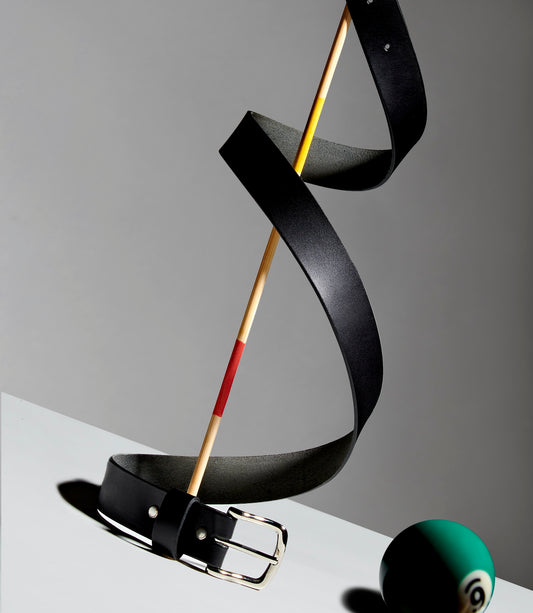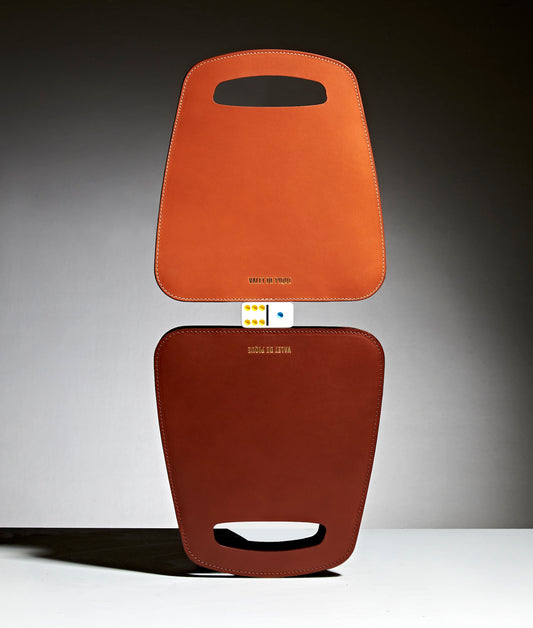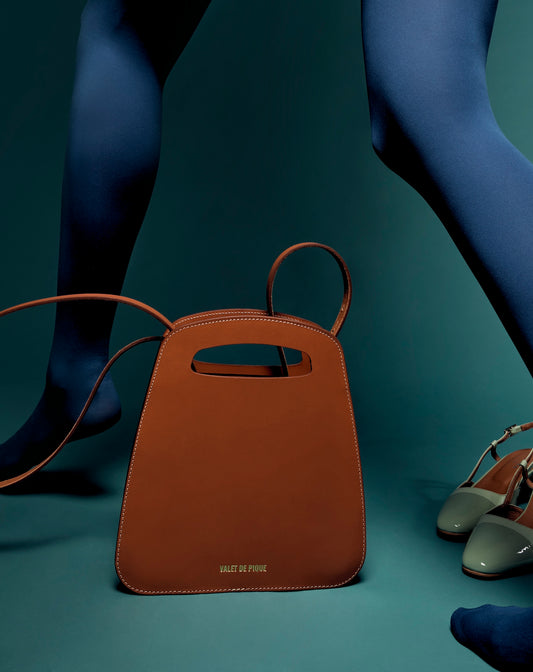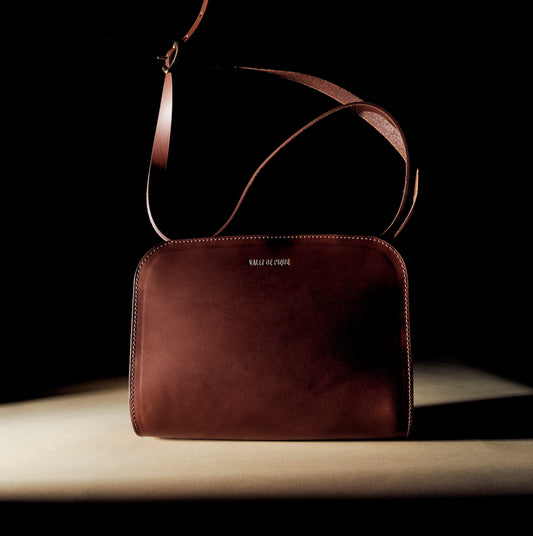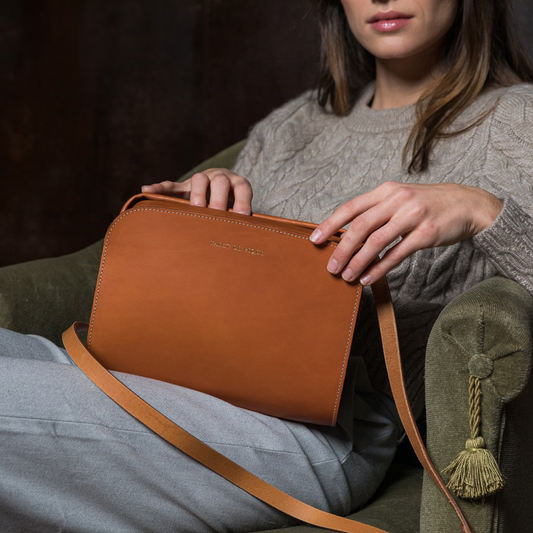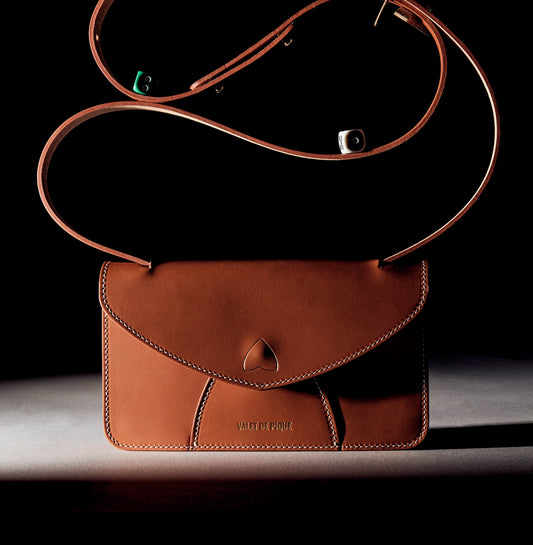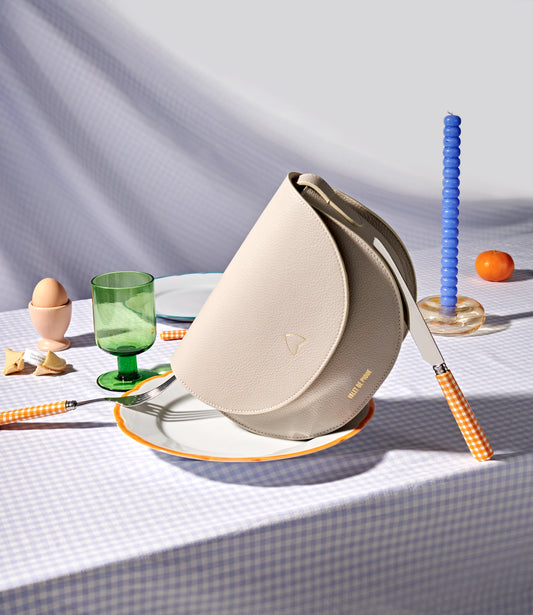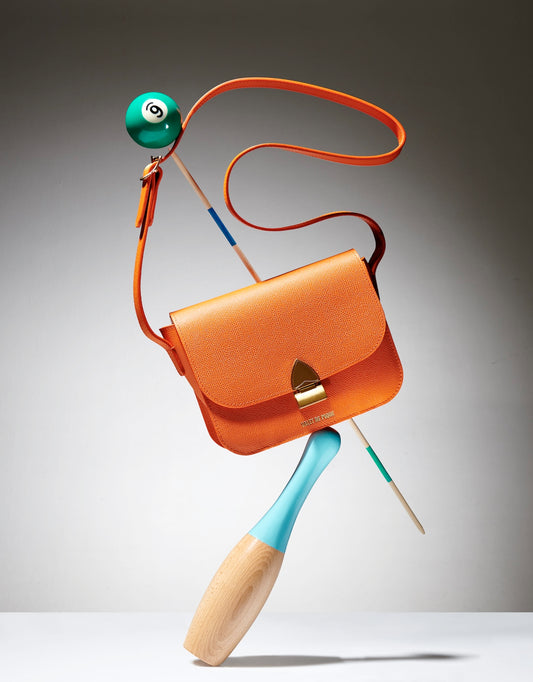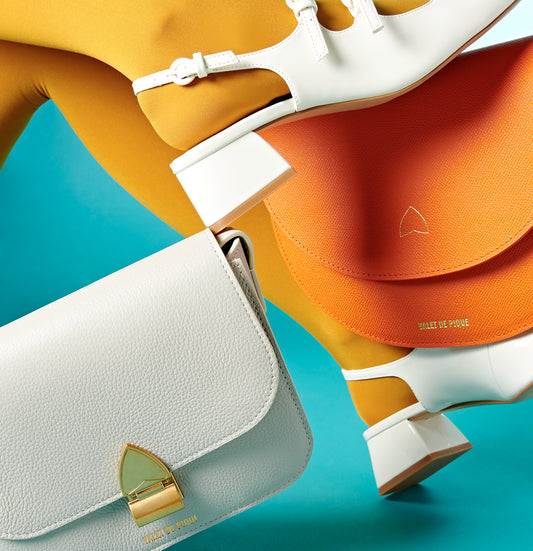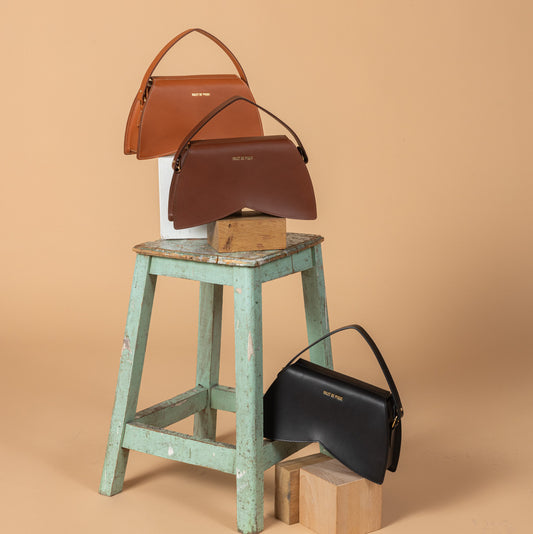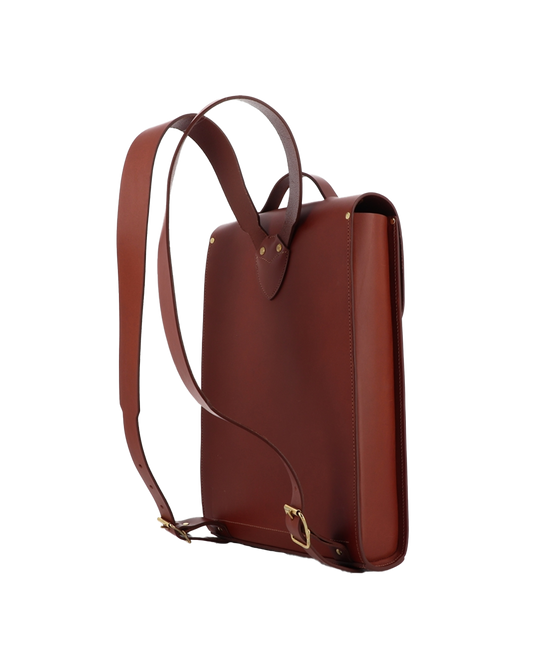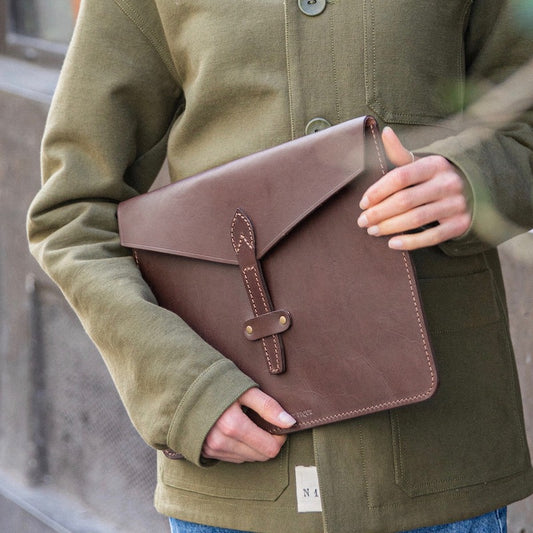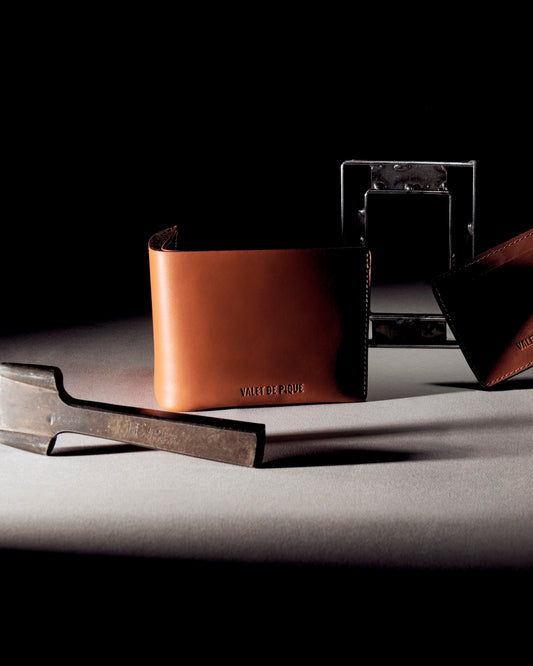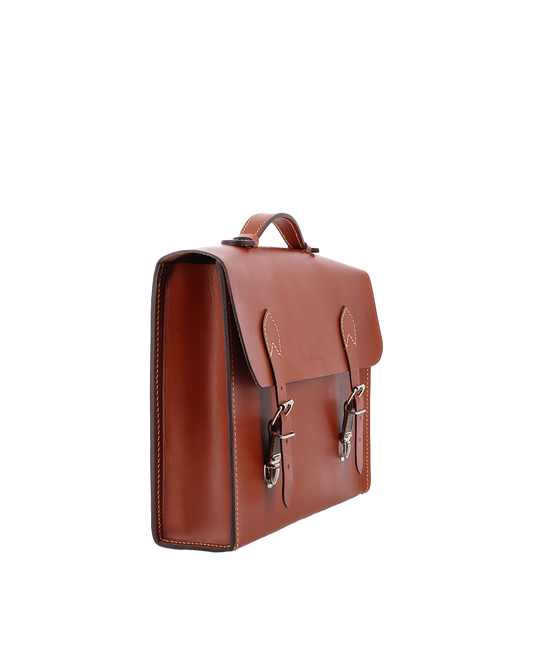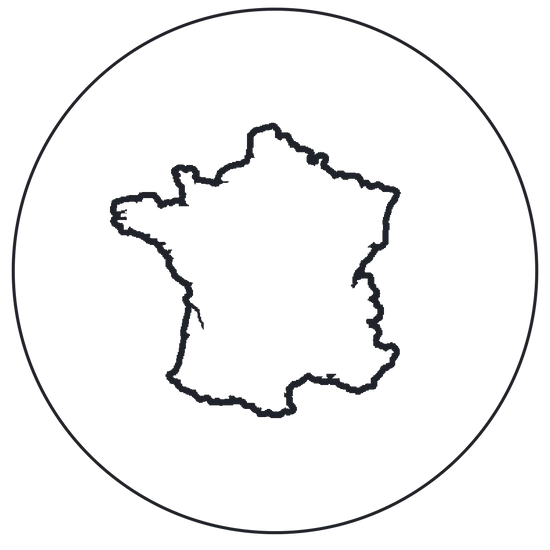Vegetable-tanned leather or leather tanned with minerals? It was easy to get confused... until now! I'm Martin, the founder of Valet de pique, and today I'll try to explain the difference between these materials to help you choose the best quality products.
THE DIFFERENCE BETWEEN VEGETABLE TANNED LEATHER AND CHROME TANNED LEATHER
When buying items such as bags, computer cases and card holders, you need to pay special attention to how these products are made. This type of tanning process originated during the industrial revolution when tanners discovered that minerals such as chromium, aluminum, zirconium and titanium could be used as tanning agents and attached to leather in a simple, quick and inexpensive way. However, this tanning process has a huge impact on the environment and produces wastewater, sludge and various types of pollutants as well as volatile emissions and particles that are released into the air.
VEGETABLE TANNED LEATHER
Leather produced by this natural tanning process and used to make leather goods is originally derived from the hides of animals raised and slaughtered for food. The tannins used in this traditional process have a much lower impact on the environment.
VEGETABLE TANNING
All Valet de pique products are made from naturally tanned, environmentally friendly genuine leather.
The vegetable tanning process allows us to :
To use the tannins widely present in nature for the treatment of the leather
Complete the production cycle without the use of toxic substances that are harmful to humans and the environment
Minimize the impact on the environment
Recovery of most of the substances used in the tanning process
Easy disposal of products that have completed their life cycle, thanks to their chemical-biological characteristics
TUSCAN TRADITION
Vegetable tanning, which dates back to prehistoric times, has been modified over the centuries by Tuscan craftsmen who have taken this technique to an unprecedented level. For centuries, the master tanners have passed on their precious tradition of vegetable tanning, combining their knowledge of ancient recipes with the most technologically advanced solutions, with the realization that to transform a hide into leather, it must be soaked in a natural soluble solution.
For this process, today as in the past, a mixture of vegetable materials is used:
lime
water
vegetable tannins
Vegetable tanning is therefore an environmentally friendly process because it comes from nature and returns to its origins in harmony. It is a method that guarantees the quality of the product, ensuring unique characteristics ... as you can see! This is the leather we use for all our products: Edmond the briefcase, Emile the schoolbag, Alphonse the backpack, Gustave the card case, George the computer case.
